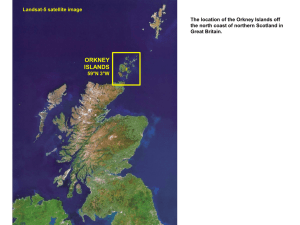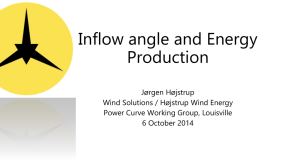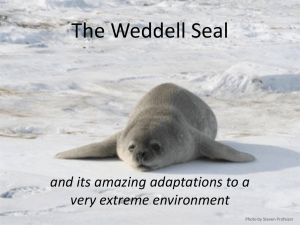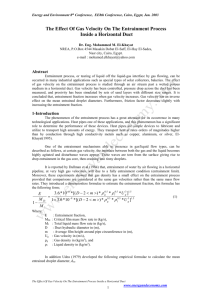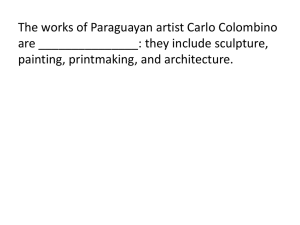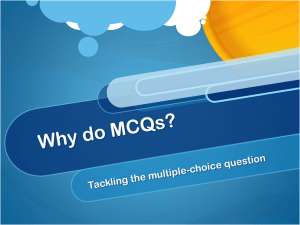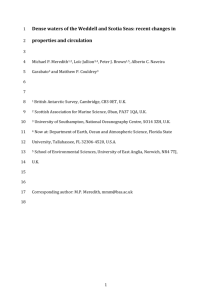Orkney Passage PPT - University of Washington
advertisement
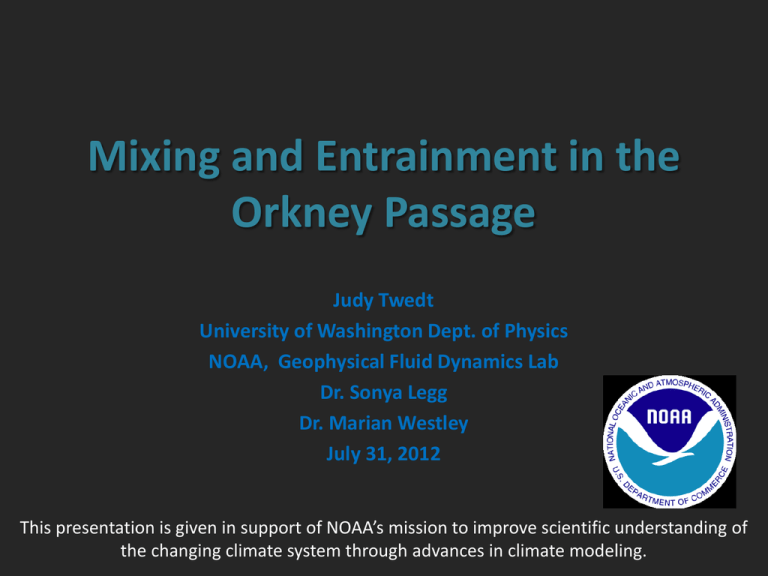
Mixing and Entrainment in the Orkney Passage Judy Twedt University of Washington Dept. of Physics NOAA, Geophysical Fluid Dynamics Lab Dr. Sonya Legg Dr. Marian Westley July 31, 2012 This presentation is given in support of NOAA’s mission to improve scientific understanding of the changing climate system through advances in climate modeling. Motivation: Deep, cold waters exiting the Weddell Sea enter the global ocean abyss through the Orkney Passage. As they navigate this tortuous topography, they experience mixing and turbulence. Motivation: Deep Waters Exiting the Weddell Sea enter the global ocean abyss through the Orkney Passage. As they navigate this tortuous topography, they experience mixing and turbulence. This mixing potentially effects the global ocean circulation and the heat budget. Motivation: Deep Waters Exiting the Weddell Sea enter the global ocean abyss through the Orkney Passage. As they navigate this tortuous topography, they experience mixing and turbulence. This mixing potentially effects the global ocean circulation and the heat budget. Using high resolution models, we are quantifying the mixing . Outline • Orientation to the topography and general flow patterns • The model set up • The concept and calculations of entrainment • The (preliminary) entrainment results* • Onto higher resolution simulations • New questions… *Please note this project is in progress – simulations are still running. The Orkney Passage is a deep cleft in the South Scotia Ridge and controls cold, dense waters flowing out from the Weddell Shelf. Approximately 1/3 of Antarctic deep waters entering the global ocean pass through the Orkney Passage (Naveira Garabato et al., 2002) We know less about Antarctic Overflows than others because the environment presents many challenges for field work. However, recent observations have observed warming trends in the abyssal waters flowing out from the Weddell Sea. Figure: Meredith et al., 2011 Yellow lines mark the primary routes of Weddell Sea Deep Waters through the Orkney and Georgia Passages Methods • The MIT general circulation model, a 3dimensional z-level finite volume model was used in hydrostatic mode • The horizontal resolution is 1 km; the vertical resolution is 62 meters • The model simulated ~ 54 days with a 50 second time interval • Orlanski Open Boundary Conditions were used on all sides except the southern boundary, where inflow forcing was specified Plan View of Model Domain with Inflow Forcing N The Model Domain: Aspect 1 Outflow to Scotia Sea Inflow from Weddell Sea The Model Domain: Aspect 2 Outflow to Scotia Sea Inflow from Weddell Sea Model Domain: Aspect 3 Inflow from Weddell Sea Outflow to Scotia Sea Profile of Constant Inflow Conditions Velocity: 10 cm/s Temperature: -0.7 C Salinity: 33.65ppm Chosen to match observed values. The inflow is also marked with a tracer equal to one. The inflow is colder and denser than the surrounding waters. Time Evolution of Plume Thickness From day 0 to day 54 Understanding Entrainment • Concept: As dense water flows downslope through a confined region, it accelerates under gravity and may develop a strong shear at the interface with the lighter waters and with the topography. • This may cause turbulent mixing and the lighter, overlaying water becomes entrained with the dense flowing bottom layer. • This increases the volume of the plume, and changes its properties Quantifying Entrainment: The Streamtube Model Entrainment = transport out – transport in + dVdt dVdt plume transport In plume transport Out Entrainment Rate = entrainment/plume surface Entrainment in the Orkney Passage To determine the transport: • Define the inflow and outflow boundaries • Determine the boundaries of the plume by identifying those cells that have >1% tracer concentration • Integrate the horizontal velocities through the boundaries To determine the volume derivative: • Define the boundaries of the sidewalls • Integrate the volume within the plume • Calculate the time derivative Evolution of Flow Over Sill Quasi-steady state in middle of time series used for entrainment calculations Time average of entrainment and entrainment rates In comparison to other overflows… Preliminary estimate of entrainment coefficient from a 1km horizontal resolution: ? ? Table Legg. et al., 2009. Data from Field Campaigns 𝟑. 𝟔𝒙𝟏𝟎−𝟑 By running higher resolution simulations, we hope to achieve a more accurate estimate Model Simulations in Progress • Stretched grid from 3km to 200 meters near the Orkney Passage and fixed resolution of 62 meters in the horizontal • Variations of the size and angle of specified inflow Modeling turbulence has been a turbulent process! • Original simulations had problems with the inflow boundaries • Current simulations develop instabilities late in the run, when the plume reaches and begins to flow out of the domain Conclusions, and New Questions • The Orkney Passage does appear be a location of entrainment of Weddell Sea Deep Waters • Within the models, how sensitive is the entrainment to horizontal and vertical resolutions? • Do wind-driven changes in circulation within the Weddell Sea affect mixing in the Orkney Passage? • How does this compare with current field estimates? Gratitude! • Many thanks to the friendly and supportive staff of the NOAA Hollings Scholarship Program, for making this experience possible • Many thanks to Sonya Legg and Marian Westley of GFDL for their feedback, ideas, and support • Many thanks to you, the audience, for participating in this presentation. I hope it sparked a curiosity or left you with an interesting idea References • Bathymetry map accessed at 7/29/12 http://topex.ucsd.edu/marine_topo/jpg_images/topo16.jpg • Gordon, A. et. al., 2001. Export of Weddell Sea Deep and Bottom Water, J. of Geophysical Research Vol. 106, 9005-9017. • Meredith, M. et. Al., 2011. Synchronous Intensification and Warming of Antarctic Bottom Water Outflow from the Weddell Gyre. Geophysical Research Letters, Vol 30., L03603 • Riemenschneider, Ulrike and Sonya Legg,2007. Regional Simulations of the Faroe Bank Channel Overflow in a Level Model. Ocean Modelling 17, 92-122.

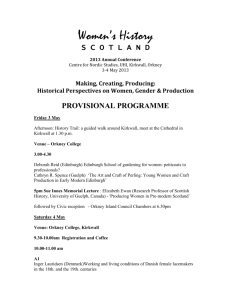
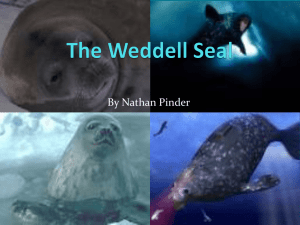

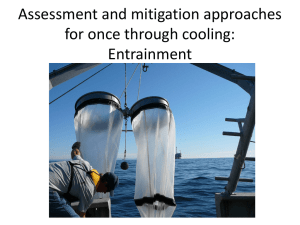
![Powerpoint Slide Set [, 6mb]](http://s2.studylib.net/store/data/005481140_1-14d8ec4dc37c7467f94ebd1212815b7e-300x300.png)

